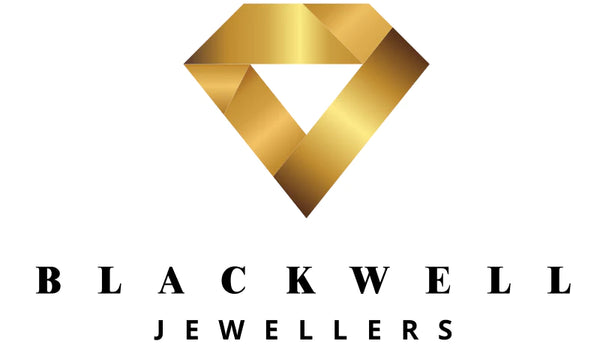Diamonds have always stood for love, commitment, and incredible craftsmanship. These days, though, there’s a whole new way to make them. Lab-grown diamonds aren’t just a trend—they’re real diamonds, just made by people instead of nature. They shine just as brightly and are just as tough as traditional stones, but the big difference is they’re grown in labs using modern tech that speeds up what the earth does naturally.
It all sounds a bit sci-fi at first, but really, it’s pretty straightforward once you get the basics. Scientists use techniques like High Pressure High Temperature (HPHT) and Chemical Vapour Deposition (CVD) to turn pure carbon into crystals. These crystals are identical to the ones that form miles below the ground. So what you get are gorgeous, ethical diamonds—physically, chemically, and optically the same as mined ones, but way more sustainable.
At Blackwell Jewellers, we think lab-grown diamonds are beautiful not just because of how they look, but because of how they’re made. This guide will walk you through the process—from raw carbon all the way to that finished sparkle—so you can see how science and artistry come together to create the diamonds of tomorrow.
💡 Blackwell Tip: Every lab-grown diamond begins with a single spark — just like every love story.
👉 Read Next: Lab Grown Vs Mined: Which Gives Better Value?

“From carbon to clarity — where brilliance begins.”
The HPHT Method Explained
Ever wondered how scientists actually grow diamonds in a lab? The whole thing kicks off with the HPHT method — that’s High Pressure High Temperature. Basically, it’s a way to mimic what happens miles below the Earth’s surface, where real diamonds form over billions of years. Except, in the lab, it takes just a few weeks.
Here’s how it works: everything starts with a tiny diamond seed — just a sliver of carbon. Drop that into a massive press, a machine strong enough to crush with the force you’d find 150 miles underground. Then crank up the heat, way past 1,300°C, hotter than lava. Under that kind of pressure and heat, the carbon starts to build up, layer after layer, around the seed, slowly turning into a brand-new diamond. When it’s done, you’ve got a pure crystal that’s basically identical to one dug up from the earth. After that, skilled hands cool, cut, and polish it, just like they do with any other diamond.
What’s cool about HPHT is the control. By dialling in the right temperature, pressure, and timing, jewellers can grow diamonds that are flawless and super clear — better than what nature usually pulls off. At Blackwell Jewellers, every HPHT diamond gets certified to the same standards as natural stones, graded for colour, clarity, and cut. It just goes to show that real innovation and authenticity can definitely go hand in hand.
💡 Blackwell Tip: HPHT is essentially nature’s process, just fast-forwarded by science.
👉 Read Next: Which Should You Choose? Lab-Grown Vs Natural 2025

“The HPHT process — billions of years of pressure, recreated in weeks.”
The CVD Method Explained
CVD, or Chemical Vapour Deposition, doesn’t try to copy what happens deep inside the Earth like HPHT does. Instead, it takes a whole new route. It’s actually one of the smartest, most efficient ways to grow diamonds these days, and the results are impressive—sharp, precise, and beautiful.
Here’s how it works: It all starts with a tiny diamond seed, usually a thin slice made using the HPHT method. You drop that seed into a sealed vacuum chamber and fill the chamber with gases rich in carbon, usually hydrogen and methane.
Now, crank up the heat—think 800 to 1,200 degrees Celsius. At that point, the gas molecules break apart, and carbon atoms get released. Those atoms settle onto the diamond seed, building up slowly, one layer at a time, until a new diamond crystal takes shape. This isn’t an overnight thing; it takes weeks for the crystal to grow big enough to become a finished diamond.
It’s kind of like painting with carbon, except every atom lands exactly where it should, thanks to a mix of science and a little bit of magic. When it’s done, you get a diamond so flawless that even seasoned gemmologists need special tools to tell it apart from a natural one.
With CVD, you get total control over the process. That means bigger stones, higher clarity, and colours that don’t waver—all great for fine jewellery. Plus, since it uses less pressure than HPHT, you end up with fewer flaws inside the stone.
At Blackwell Jewellers, we only pick the best of the best when it comes to CVD diamonds. Every stone is certified, grown responsibly, and cut with precision so you get the most out of its natural sparkle.
💡 Blackwell Tip: CVD diamonds aren’t “synthetic.” They’re genuine diamonds grown with the same carbon structure — just under controlled, clean conditions.
👉 Read Next: Affordable Luxury: Why Lab-Grown Diamonds Are the Future of Jewellery

“Inside a CVD chamber — where science grows nature’s brilliance.”
Choosing the Right Lab-Grown Diamond
So, now that you know how lab-grown diamonds come to life, it’s time to find the one that feels right for you. Just like natural diamonds, every lab-grown gem has its own personality, and people judge them by the classic 4 Cs: Cut, Clarity, Colour, and Carat.
Go with what grabs your attention first. The cut is all about how your diamond catches and throws back the light—that’s where the real sparkle happens. Clarity means how clear the stone is, with fewer little flaws hiding inside. Colour goes from icy whites to warmer, champagne shades. And carat? That’s just size, but honestly, bigger doesn’t always mean better.
Here’s the real perk with lab-grown diamonds: flexibility. Since they cost up to 60% less than mined stones, you can usually go for a bigger size or better quality without blowing your budget. At Blackwell Jewellers, every lab-grown diamond we offer is certified and handpicked for brilliance. So you get extra sparkle, solid ethics, and more value for your money.
Whether you’re hunting for an engagement ring or want something custom, our team is here to walk you through every step. You’ll know your diamond is perfect before it ever slips onto your finger.
💡 Blackwell Tip: A well-cut 1-carat diamond will outshine a poorly cut 2-carat every time..
👉 Read Next: Exploring The Different Types of Lab Grown Diamonds.

“Every lab-grown diamond is unique — and choosing yours should feel effortless.”
Lab-grown diamonds aren’t just cool because of how they’re made—they actually stand for something bigger. They show what happens when human creativity meets nature’s best work, and nobody has to settle. Each one is a little badge of progress: real, bright, and made with intention.
Sure, HPHT and CVD sound like science jargon, but what they really do is wild. They copy the way nature makes diamonds, but in a way anyone can access. HPHT uses intense heat and pressure, while CVD builds diamonds one atom at a time. Both methods start with pure carbon and end up with something lasting—a genuine diamond that looks just as stunning as anything pulled from deep underground.
At Blackwell Jewellers, we’re convinced this is where fine jewellery is headed. Lab-grown diamonds aren’t some passing fad—they’re changing the game. Now you can get beauty, ethics, and real value all at once. We only pick certified stones that hit the highest marks for clarity, colour, and craftsmanship. That way, every piece we make is built to stick around for the long haul.
Curious about what this new world of diamonds looks like? We’ll walk you through it, from how it all works to finding the diamond that fits your story.
👉 Explore our Lab-Grown Diamond Collection
 “Science made it possible — your story makes it priceless.”
“Science made it possible — your story makes it priceless.”



